When What's Right Ain't Easy or Simple

If that title doesn’t just prime you up for a “moral high ground” argument, stick with me. Once I’ve said my piece, you’ll be right here in the tepid waters of convoluted conservation conundrums too. I want to talk about mountain goats. We’re going to look at what has been identified by researchers as a present top threat to the species. But first, the basics.
Mountain goats are some whacky, messed up critters. First off, they’re not even goats. We conservationists thought we were doing well in the 1900s when we decided we shouldn’t call them “white sheep” anymore. Turns out, we were still wrong. Genetically, the mountain goats of North America are their own thing, not even closely related to those goats you watch fainting on YouTube. Their closest living relatives are the serow and goral of East Asia, and even more distantly, the chamois (“shammy”) in Europe. That last one you’ve probably heard of because they are aggressively managed for hunting.
The serow and goral, while sounding like monsters from your childhood D&D games, are just about as weird as our mountain goats. However, unlike the chamois, they’ve been (and in some places continue to be) market hunted and poached to the brink. Now before you head down a zoological Google rabbit hole, let’s return to our North American “goats.”
There is no other big game animal in the world as capable to thrive in extremes as the North American mountain goat. Period. Not your ibex. Not your big’n sexy sheep. Not your grizz. None of the cats. Certainly nothing else in the Western Hemisphere, but my money is still on them for the World Title too.
While you are familiar with their unmatched skill in alpine reaches and their love of cliffs, you probably don’t know about their ranging capabilities. Every year, and this is no new phenomena, reports come in of goats being where they don’t belong. Whether it’s a nanny crossing the Black Hills of South Dakota last year or a billy trekking across arid eastern Washington, both in near 100°F heat, they don’t seem to care. The rock lickers are tough as hell. Heck, even when they’re infected with diseases, they can still last years before succumbing. That’s why they draw the ire of both wild sheep management pros and hunters; they can live long enough to kill off sheep with bugs while still reproducing and cliff scaling faster than a pack of Berkeley students in Yosemite.
So, what’s this threat? It’s us, y’all, specifically those of us with aims of punching a goat tag someday. The problem is that we are harvesting nannies, whether intentional or not, when and where we shouldn’t be. Now before you hit up the good folks at Huntin’ Fool with a bunch of “whataboutism” complaint emails, hear me out. There are many places in North America that need nannies taken by hunters. I live near one of the best examples in the Lower 48 – the Crazy Mountains. It’s an island range (not a literal island as it’s surrounded by plains) that ecologically couldn’t be a more perfect habitat. Since the terrain is too extreme for most wild predators, extra nanny tags are needed to keep the population in safe bounds, both for animal well-being and the safety of other species in the range. There are several goat units like this in both the US and Canada where nannies need to be aggressively managed. Now that it’s been acknowledged, let’s move to the point of the matter.
Though my inclination is that as readers of Huntin’ Fool you have a strong grasp on how wildlife population management works, it behooves me to give a quick summary. If you remove a male from the landscape, you are impacting the number of breeders in the population. If you remove a female, you are impacting the number of birthers and caregivers from the population. Less males just gives the other males a more active breeding season. They will travel to and through as many nanny groups as they can manage in a breeding season. It has little to no impact on the number of babies born that next spring. Since only a few males are taken per unit, there is also little impact on the genetic diversity of the population.
Less females means less babies being born, less nannies to defend the nursery group, and less genetic diversity because your total number of kids being born has dropped. This is where we’re buggering it up. You probably weren’t aware, and I say that with some certainty because many of our conservation partners here in the states weren’t. Last year, Alberta shut down their mountain goat hunting season indefinitely for the first time ever. You know, that province that has the bulk of the mountains that make up the Rocky Mountains in it? Yeah, that one. No more Rocky Mountain goat hunting. Why? In less than a decade, the population went from “we should lose some nannies”’ to “we gave’r a little too hard on the harvesting nannies, bud.” This was NOT intentional or negligent on the part of one particular agency or group. It’s a super complicated issue that involves multiple governments and interests in play, including us hunters. That being said, some ranges went from populations of >50 goats to <10 in the span of five years. These populations are so small they likely won’t survive without human intervention and new blood introduction.
As best as can be ascertained right now, there were impacts in the ecosystem that caused the numbers to dip over a couple winters, but the nail in the coffin was hunters unintentionally and intentionally taking nannies instead of billies once the population was already declining. This is also happening in ranges in British Columbia, Alaska, and the Lower 48. While taking 1-5 nannies from a population of 50+ in one year isn’t a massive issue, stacking that year after year is essentially a slow culling.
Why is it happening? Why are we killing off the next generation of mountain goats? It’s not complicated. First, mountain goat management is wildly underfunded and underpursued by big game agencies. They’re harder to hunt than sheep, so you don’t see auction tags going for over $100k for a billy... yet. They’re hard to get to and hard to observe for any significant period of time, so getting counts and research days logged has long been a shortcoming. Both of these fronts are something we at the RMGA are actively addressing through our research grant funding program and our citizen science goat counts. We do both in partnership with in-the-field wildlife professionals, and you can learn about it all at goatalliance.org.
Second, most hunters can’t tell the difference between a billy or nanny. Not “many.” Most. Mountain goat sex ID is left out of most hunter education programs, even for tag holders. To be fair, it’s not easy or simple. You can absolutely be within rifle range and not in sex-identification range. You often have to look at many factors to determine the sex of a goat:
· Horn shape, length, girth, and distance apart at the base
· Shape of the head, face, and their relation to the horns
· The presence of glands behind the horns and dirt patches on the belly and flanks
· What stance the goat uses to urinate
Compare that list to the typical “What’s on its head?” question for nearly all other big game ungulates and you can see the challenge.
My experience mirrors that of the lifelong volunteers and professionals we work with – it doesn’t matter how long you’ve been around goats, you’ll still catch yourself misidentifying them without enough visual data. To help hunters and the general public through this challenge, we have developed a quick and simple mountain goat sex ID video. You can find it on our website at goatalliance.org or by searching for it on YouTube. It will give you a full and firm grasp on how to identify a male or female goat. It also addresses some common hangups, like young billies looking like nannies and whatnot.
We are developing mountain goat sex ID courses for hunter education programs for multiple states and provinces, so this hunter knowledge gap will be a thing of the past within a generation. We also do weekly mountain goat sex ID challenges on our Instagram (@goatalliance) and Facebook pages so that everyday folks can test their mettle in a fun environment.
If I can engage your hunter-conservationist sensibilities for a second, I’d ask this of you. Talk to your friends about this article. Let them know it is a widespread problem that only hunters can fully address. By all means, keep putting in for nanny-heavy units where agencies deem appropriate, but go into either-sex units with this new knowledge. Watch and share our mountain goat sex ID video and weekly social media challenges far and wide with your friends.
This trend is beatable, and we are beyond thankful to Huntin’ Fool for giving us at the RMGA a chance to bring this information to you! With your help, the future is bright for our wildest alpine big game species.


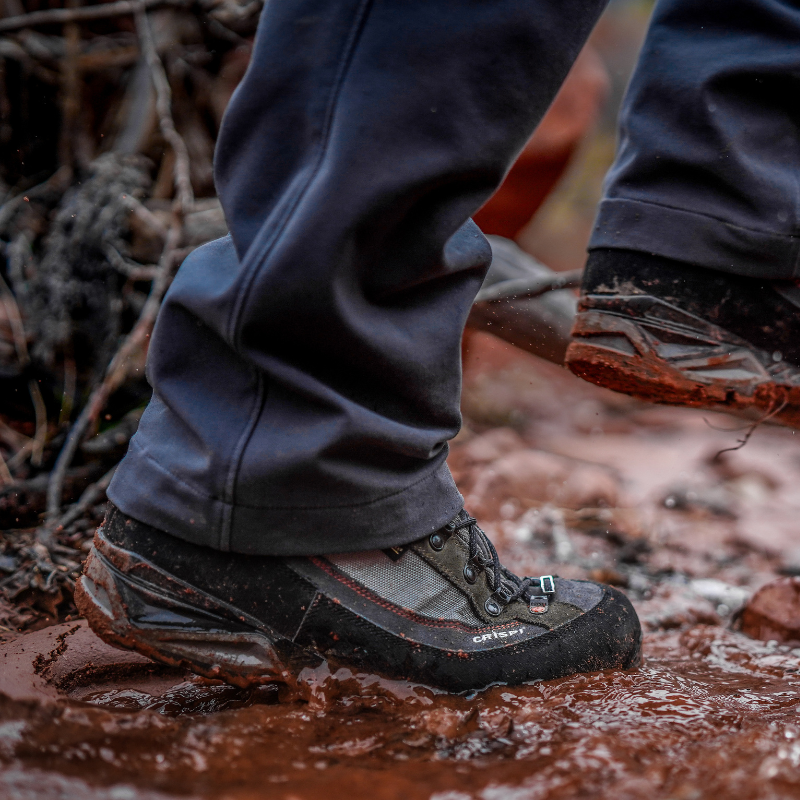
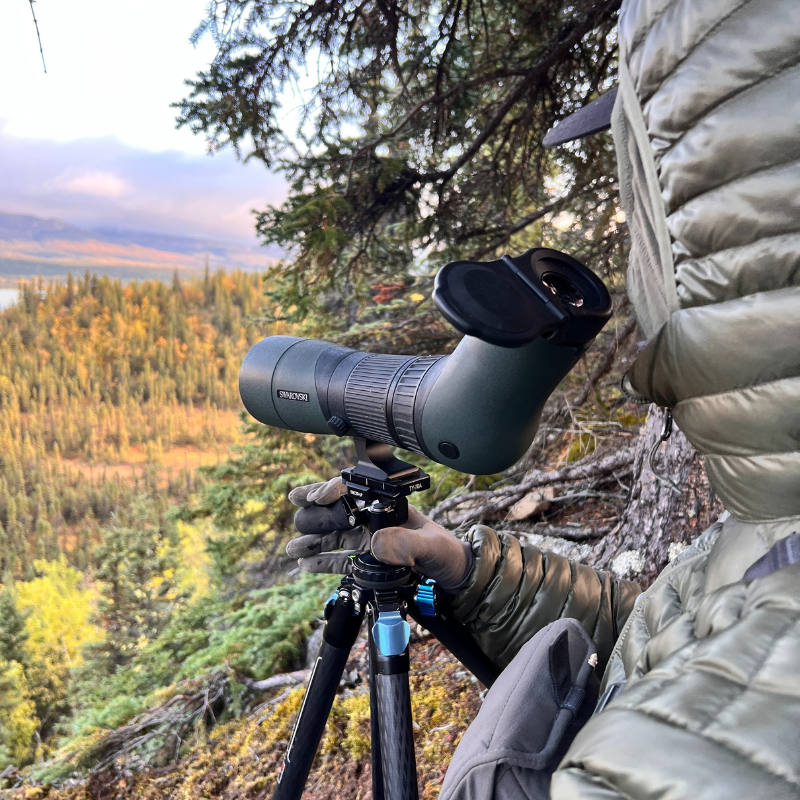
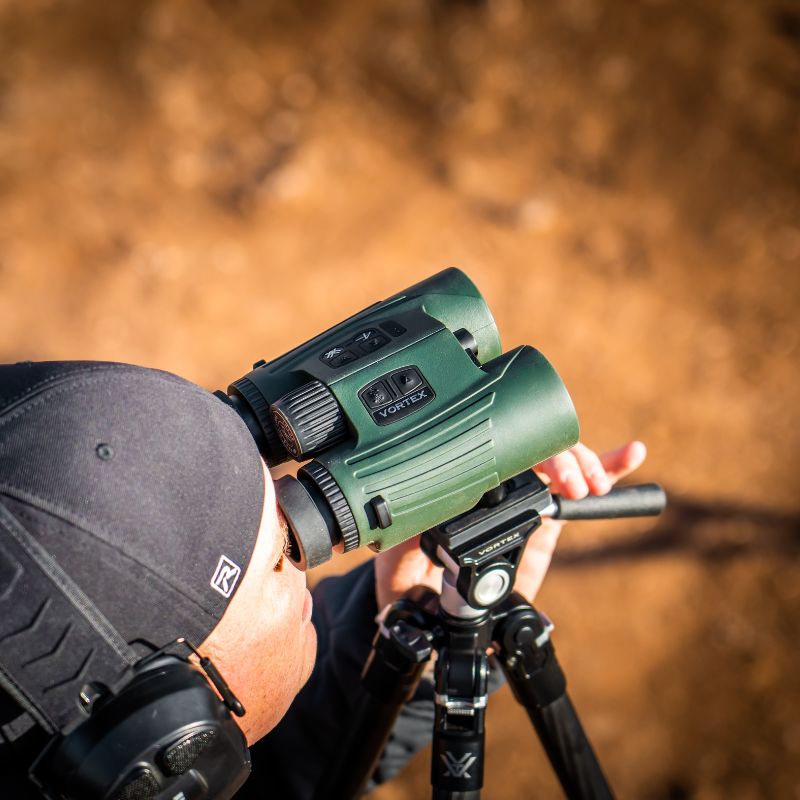
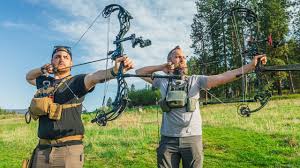
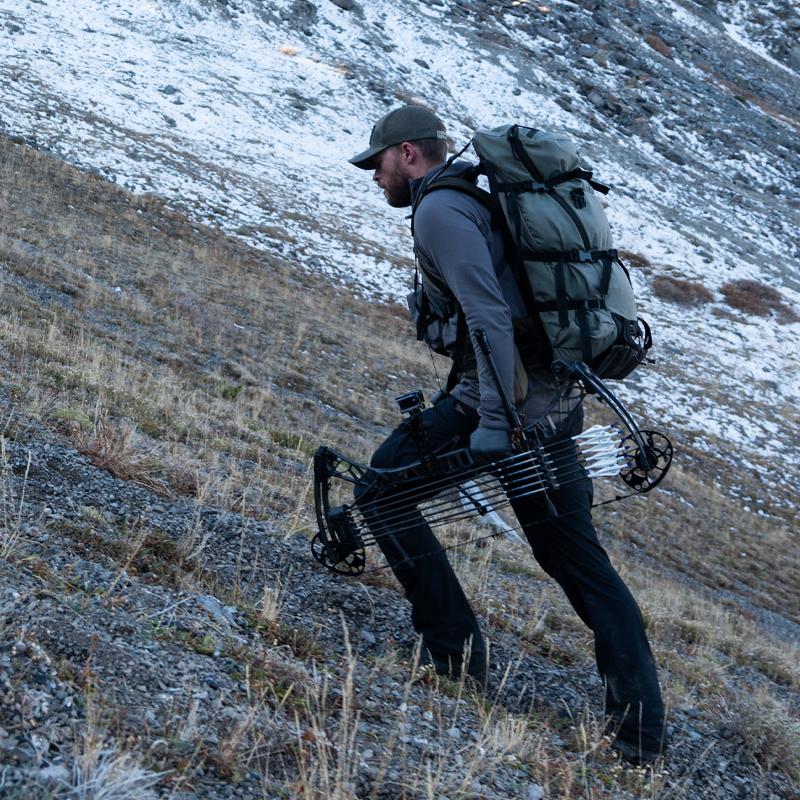


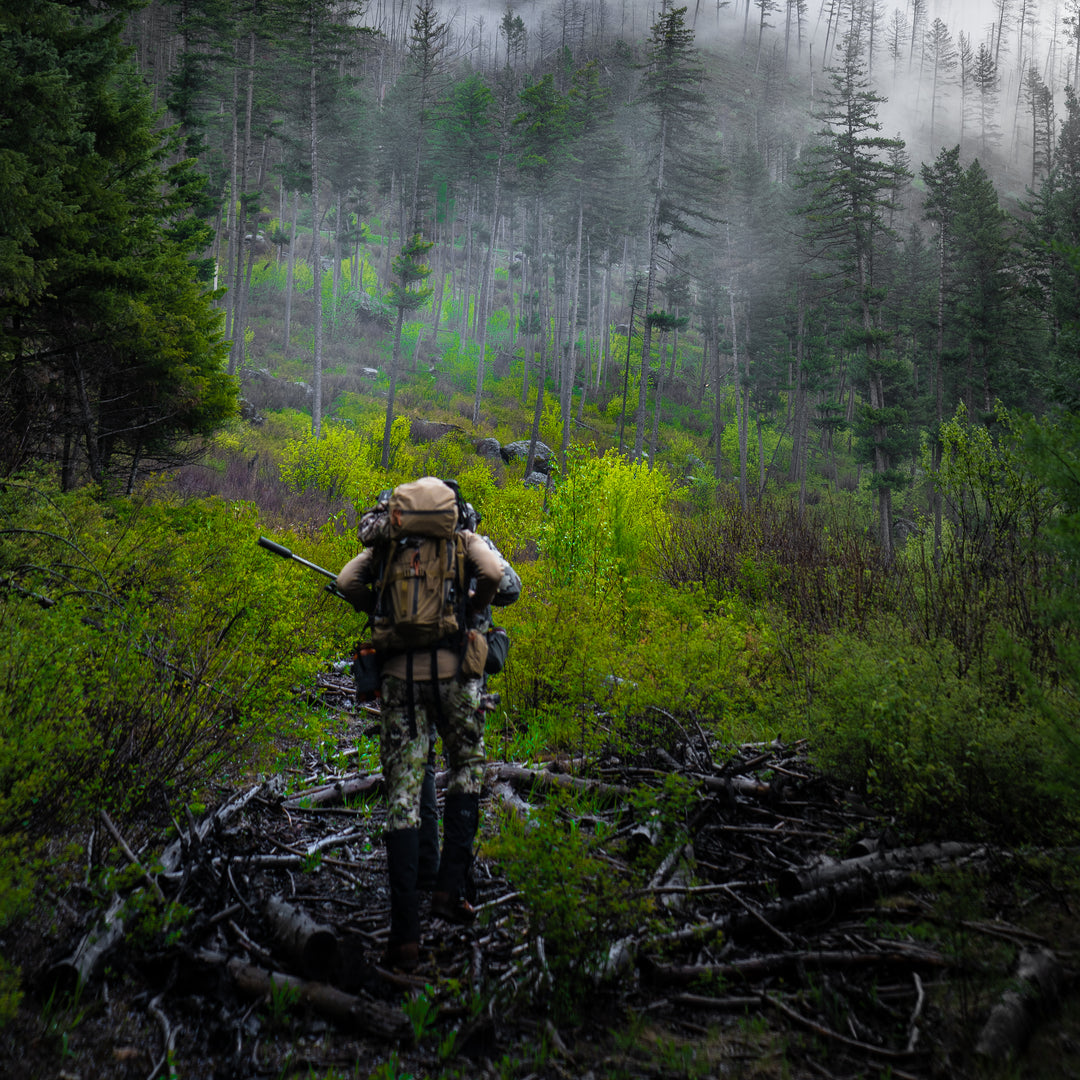
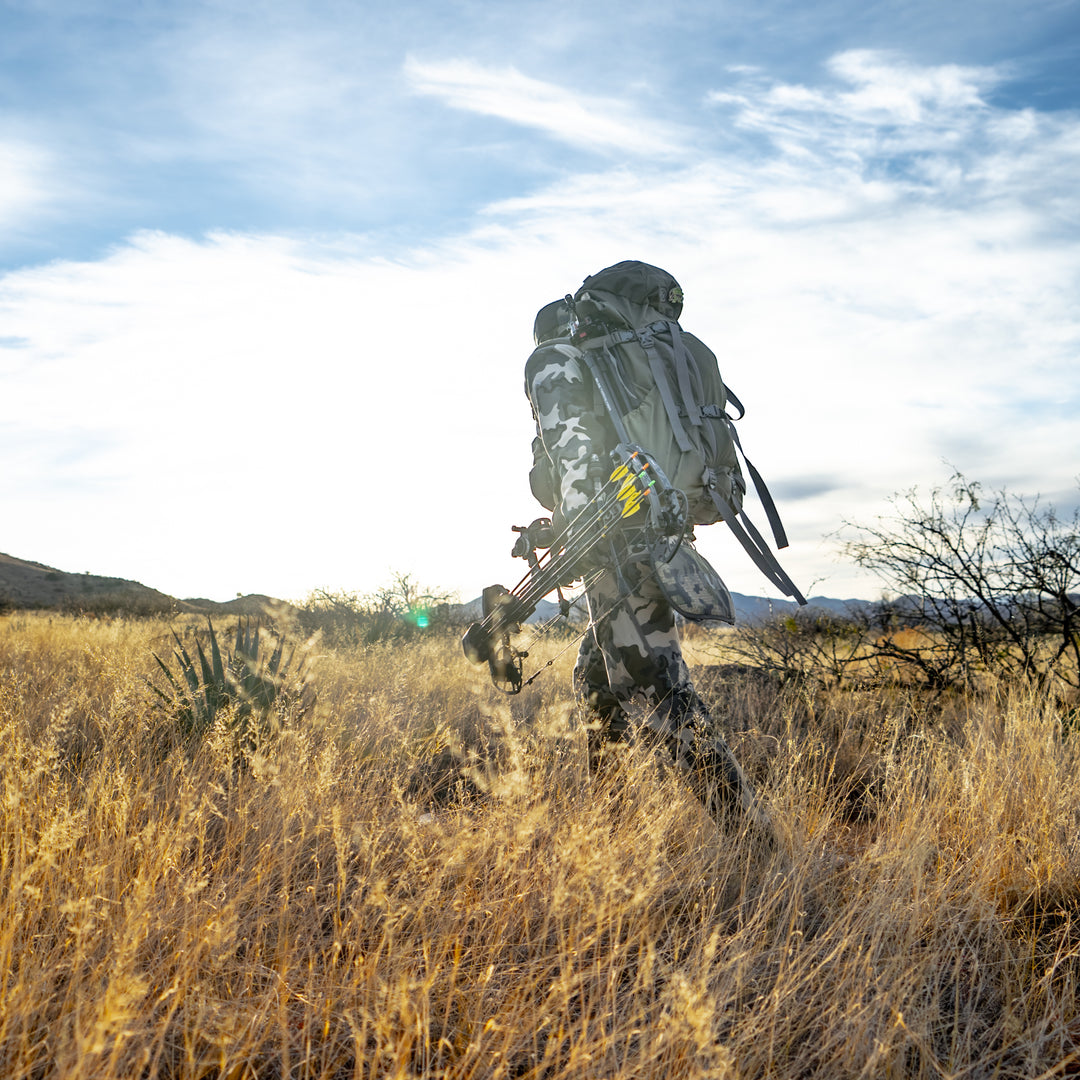
Leave a comment